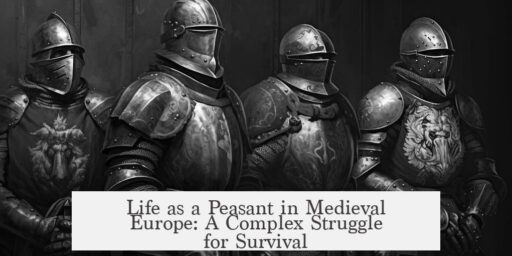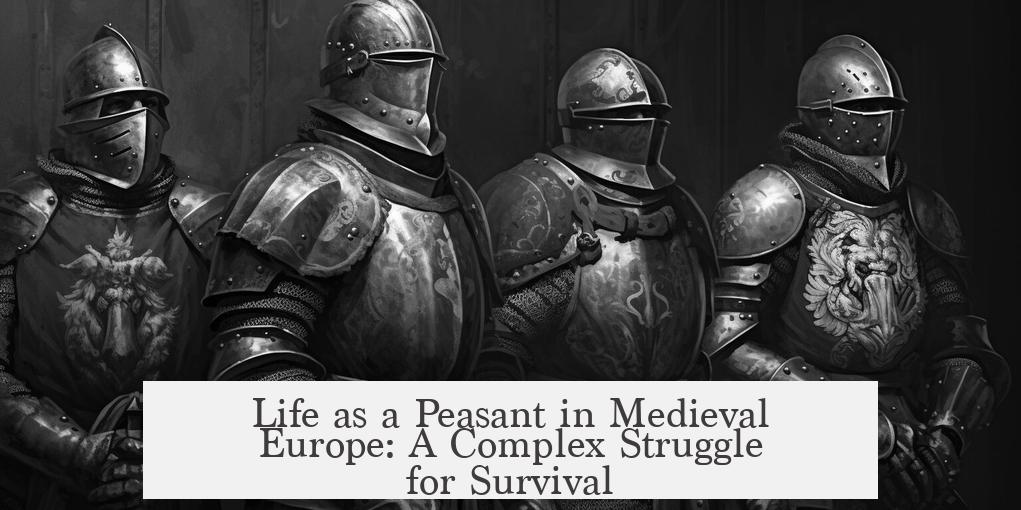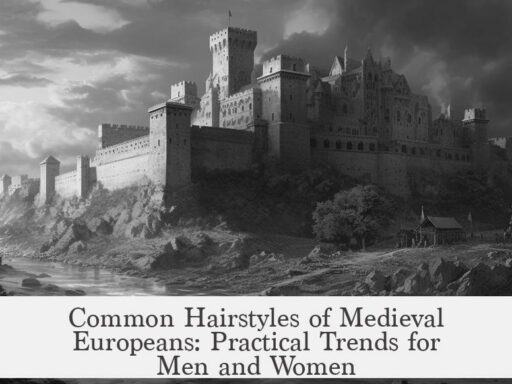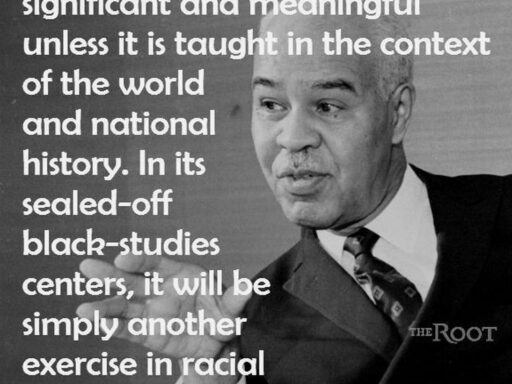Living as a peasant in Medieval Europe meant a life shaped by subsistence farming, local customs, and a variety of obligations to landlords and the Church. The experience varied widely depending on geography, time period, social status, and available resources. While it is impossible to capture all nuances, some common elements emerge across regions and centuries.
Peasants mostly farmed land owned by nobles or the Church. Their primary role was to produce food for themselves and fulfill their tax obligations. Taxes typically consisted of a tenth of their produce, known as the “tithe,” paid to the Church. An additional ninth usually went to the local noble. Occasionally, taxes demanded free labor, referred to as “robot,” which required peasants to work the lord’s fields or maintain infrastructure. Extras like munera—compulsory gifts of produce or goods—also featured in their duties.
- Taxes often required payment in kind, such as wheat, livestock, or butter.
- Labor obligations could include road maintenance, fortification repairs, and other tasks benefiting the lord’s estate.
- Military duties sometimes required families to provide a soldier or archer.
Peasant economies relied largely on self-sufficiency. They grew their own food and produced household items, sharing labor among community members for large tasks like house building. Market sales of surplus crops increased over time, especially from the High Middle Ages onward. Currency use spread with growing trade, but bartering remained dominant for many rural transactions.
| Economic Aspect | Details |
|---|---|
| Currency | Limited use, mainly silver and gold after mid-8th century; barter remained common |
| Market | Surplus crops and livestock sold for money |
| Taxes | Mostly paid in goods; some in labor or coin, especially during wartime or special levies |
Daily life involved rigorous work. Farmers managed crops, tended animals, made tools and clothing, and prepared food staples like cheese and preserved meats. Households were large, often with five or more children, contributing labor from a young age. Quality of life fluctuated with environmental conditions and population pressures. Times of plenty allowed better nutrition and growth, while famine and disease could cause severe hardship.
Peasant housing varied depending on local materials. Early homes were simple wooden or stone structures with thatched roofs, often featuring combined living quarters for people and animals. Over time, more defined spaces developed, and some buildings separated livestock from human areas. Villages were close-knit communities centered near water sources, essential for daily hygiene and chores.
Regarding hygiene, peasants bathed mostly in cold water, often in rivers or lakes. Hot baths resembling modern saunas existed in parts of Central and Eastern Europe, used weekly by groups of people. While dental care was poor due to lack of toothbrushes, peasants were not necessarily filthy, maintaining reasonable cleanliness given their resources.
Literacy among peasants was limited but not absent. Most could not read Latin or French, languages of the elite, but many could read their own vernacular, such as Middle English, using phonetic methods. Literacy was not widespread because rural life did not demand it, rather than any lack of ability.
A crucial distinction arises between serfs and free tenants. Serfs were bound to the land, often compelled to give all their produce to the lord and perform labor without pay. Free tenants rented land and kept their surplus for trade or personal use, working on their own schedules rather than fixed hours dictated by the lord.
- Serfs had fewer rights and were subject to the landlord’s control.
- Free tenants functioned as independent operators, managing their affairs and obligations.
The overall picture is of a life focused on survival, hard work, and fulfilling complex social and economic obligations. Peasants had few luxuries but were part of tight communities with cooperation and shared responsibilities. Their lives intertwined with the rhythms of nature, market trends, and shifting political conditions.
- Peasants lived largely on subsistence farming and paid taxes mostly in goods or labor.
- Barter was the main economic practice; money use grew slowly over time.
- Housing and hygiene reflected local resources and communal life, with reasonable cleanliness.
- Most peasants were functionally illiterate in elite languages but often literate in their own tongue.
- Serfs were bound to lords; free tenants had relative autonomy.
What Was It Really Like to Live as a Peasant in Medieval Europe?
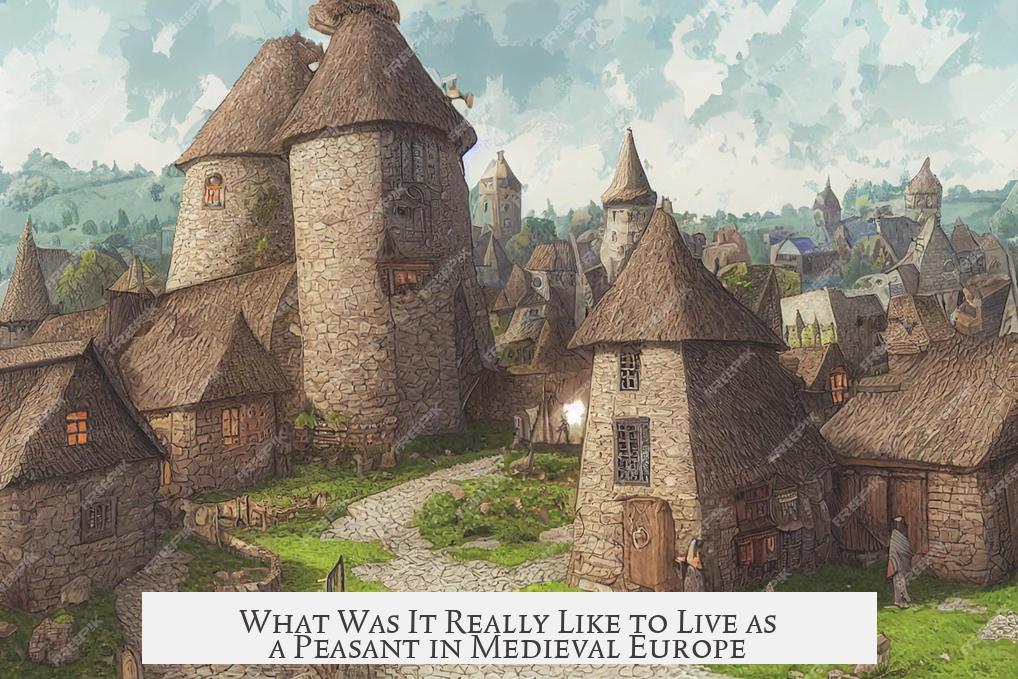
Living as a peasant in Medieval Europe was a patchwork of hard work, constant obligations, and a lifestyle deeply tied to the land and community—yet it varied dramatically depending on time, place, and status. So, just how rough (or maybe surprisingly resilient) was life for these everyday folks?
Let’s dig into the dirt and uncover the real medieval peasant experience—no castles or knights in shining armor, just the roots and rhythm of their daily grind.
Geography and Time: A Vast Patchwork of Differences
As soon as you try to pin down the “peasant life,” you run into a problem: there was no single story. A 12th-century Hungarian peasant’s life looked very different from a 15th-century English peasant’s. Even within a single kingdom, a hundred years’ difference split lifestyles apart. This wide variety makes any simple answer impossible.
But what mostly remains the same? Peasants lived by subsistence farming. They relied heavily on their landlord’s lands, growing just enough food to survive and pay taxes. While tricky to generalize hugely, most peasants were farmers tied to soil, seasons, and their lord’s demands.
Taxation and Economy: More Than Just 10% Tithes
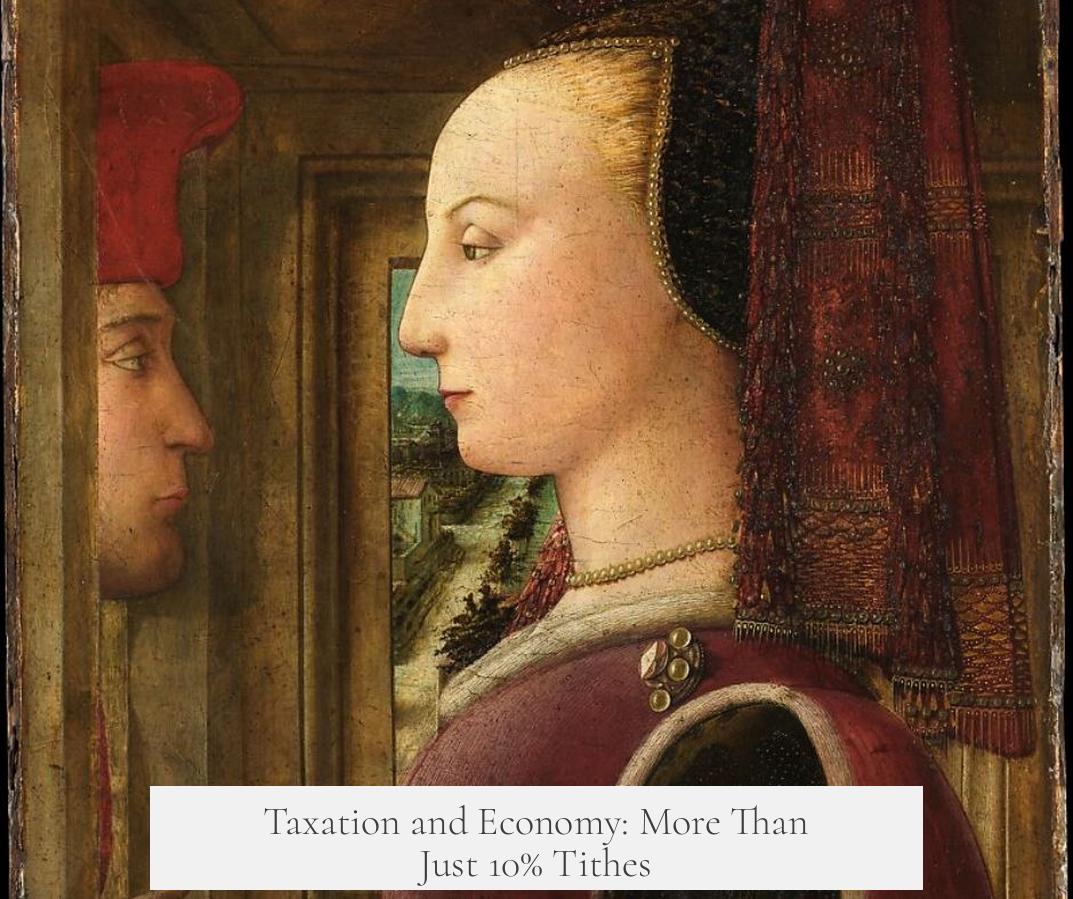
Forget modern tax returns—peasants paid their dues in crops, livestock, and labor. The Church took a “decima” or tenth of their produce, which was likely the most consistent tax across Christian medieval Europe. Nobles demanded their “nona,” about another tenth, and sometimes the local or royal government chipped in additional levies.
These taxes rarely appeared as cash. Instead, peasants paid in wheat, butter—like in 14th-century Sweden where 35 pounds of butter was a typical yearly tribute—or even labor called robot. Labor taxes sometimes piled on top of produce taxes, stretching already thin resources.
Adding some flair, there were also munera, a complex gift-giving system. Not your casual birthday present, but mandatory goods handed to the lord as a sign of respect and submission.
Other “taxes” included working days for the lord—be it logging trees, fixing roads, or maybe scrubbing moats if there was a castle nearby. Families might have to send men for village defense, like supplying archers for military duties.
Money Talks? Not So Much—Barter Was King
Currency was a Cinderella story in this era. After the Roman Empire’s fall, centralized money systems collapsed in Central Europe. Peasants didn’t *need* money; they made what they needed—food, tools, clothes—right at home.
Exchange was mostly barter: a handful of tools for some fish, or a horse traded for salt. Markets offered some cash commerce, particularly as foreign silver and gold coins filtered in from trade with the Eastern Roman Empire and Muslim worlds.
By the mid-8th century, metal currency was bubbling up but wasn’t yet widespread. It slowly gained ground with improved agriculture allowing surplus crops, which peasants could then sell for coins. The local smith, market traders, and merchants slowly introduced more monetary exchanges.
Work and Obligations: More Than Field Work
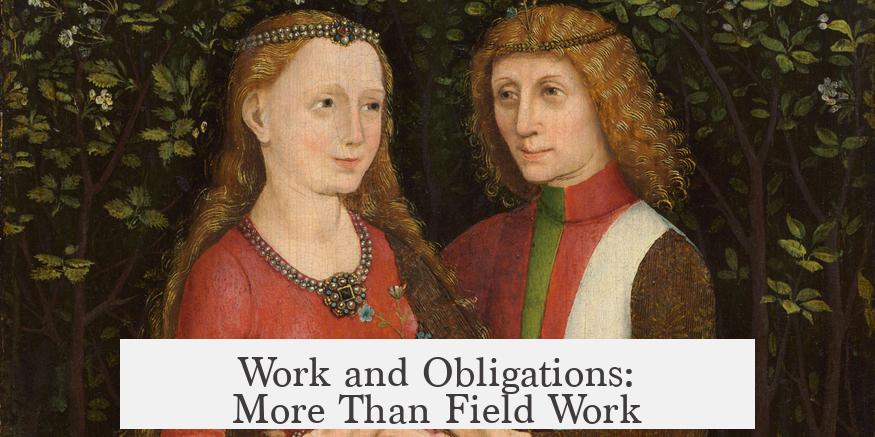
Farm chores were tough. Feeding animals, hauling water, repairing tools, spinning wool, and preserving food through smoking or curing took daily effort. It wasn’t just planting and harvesting. Each task consumed serious energy—especially for households with five or more children (kids were basically extra hands on the farm).
Beyond the farm, peasants had to work for their lords: building, cleaning defenses, cutting wood, or carrying goods. These duties were spelled out in local customs, often eye-wateringly specific about how many bushels or days you owed.
Peasants weren’t just passive victims of hardship. They negotiated their labor and taxes, sometimes asking to rent more land if they could grow surplus crops. Yet, the total land, family size, and available workers capped their prosperity.
Living Conditions: Houses From ‘Glorified Sheds’ to Slightly Better Digs
Early peasant homes were simple—think glorified sheds. No fancy rooms or plush furniture. They were generally one big room with a fireplace at the center. Depending on what’s locally available—wood, stone, thatch—houses could vary. Animals sometimes lived in the same building, separated by a wall or fence.
As the Middle Ages rolled on, peasants upgraded their homes a bit. By the 14th and 15th centuries, some had larger houses with separate rooms and separate barn buildings for animals. Villages stayed small, so communities were tight-knit and everyone knew each other’s business.
The Daily Grind: Life Was Busy, Busy, Busy
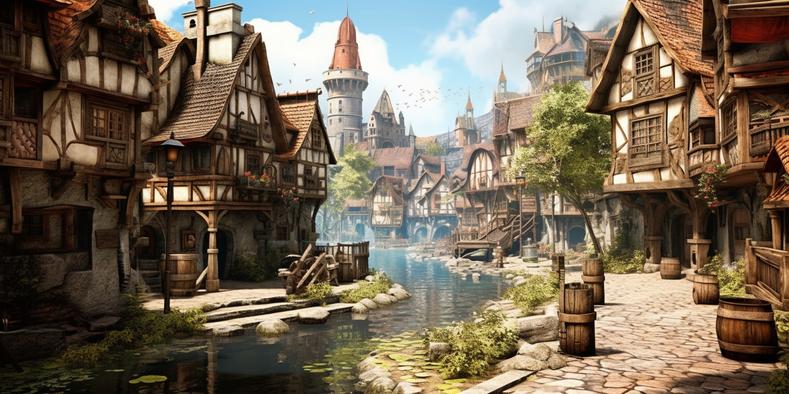
Peasant days started at dawn and ended well after sunset. Beyond farming, daily chores included cooking, sewing, and preserving food (smoking fish, drying meat), fetching fuel, or mending tools. Family life was demanding, involving caring for children and elders while juggling farm work.
Entertainment was limited but did exist—holidays were a big deal with songs, games, and feasts providing a much-needed break from toil. Their lives were a balance between survival and small joys shared in close-knit communities.
Hygiene: Bather Beware? Not Entirely!
If you think peasants were filthy, think again. Despite lacking modern plumbing, most lived near rivers, streams, or lakes. Bathing involved bucket baths or dunking into the nearest water body. In warmer seasons, swimming and washing outdoors were common.
Hot baths were rarer but did exist in parts of Central and Eastern Europe—think communal sauna-like experiences with weekly routines. Yet, heating large water quantities was draining, so cold water washing dominated.
Dental hygiene was poor—no toothbrushes here—and some sources suggest bathing could sometimes spread disease due to communal water use. Still, peasants were not as grimy as popular culture might suggest.
Literacy and Learning: Not Entirely Illiterate
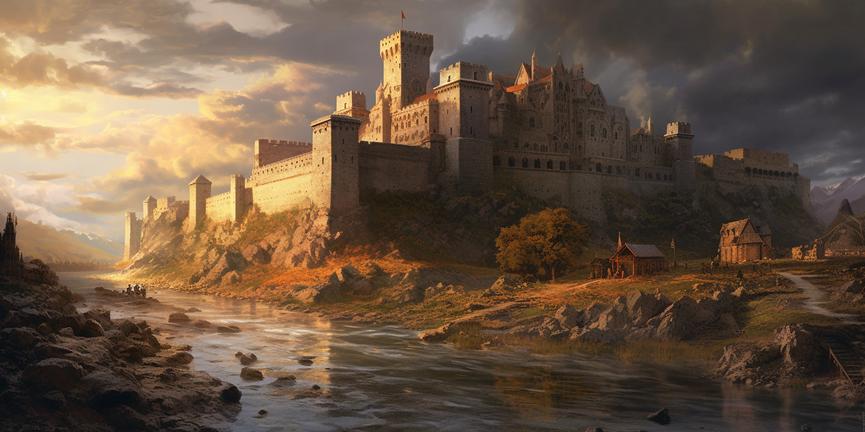
Here’s a myth-buster: not every peasant was illiterate. While many couldn’t read Latin or French, their native tongue—English, for instance—was simpler to pick up. Middle English spelling wasn’t standardized, so peasants read words phonetically.
Early on, literacy rates were low but this wasn’t due to lack of intelligence or desire. There simply wasn’t much reading material relevant to their lives—no bills, no school books, just local customs and a few official documents handled by literate elites.
Serfs Versus Free Tenants: Different Shades of Peasant Life
Not all peasants were serfs. Serfs were tied to the land—they received small strips to farm for subsistence but owed labor or produce to the lord, sometimes barely feeding themselves. Some serfs lived entirely under the lord’s roof and ate what he provided.
Free tenants, on the other hand, were entrepreneurial. They rented land and kept their produce, managing their own work schedules. No boss breathing down their necks during harvest time, although they paid rent or tribute.
This difference shaped opportunities. Free peasants might sell surplus crops, accumulate wealth, and improve their standard of living, while serfs remained bound by feudal obligations and lordly control.
Quality of Life: A Rollercoaster Influenced by Time and Luck
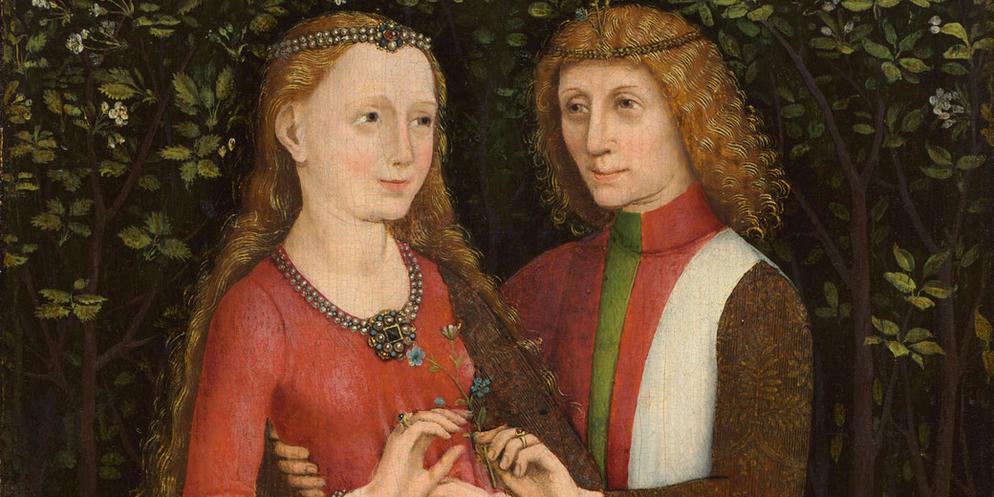
Life quality for peasants fluctuated wildly. Around 1000 AD in England, when land was plentiful and farming techniques were decent, peasants ate well and grew tall. After the Black Death, labor shortages made remaining peasants relatively richer.
However, bad years brought famine, disease, and misery. Climate changes or population pressures meant many barely survived. These swings remind us peasants were vulnerable to forces beyond their control.
What Can We Learn? Lessons from Medieval Peasant Life
- Labor is life: Peasants worked relentlessly but built community through shared effort.
- Survival equals innovation: They mastered barter, mixed economies, and local solutions without modern cash flow.
- Freedom mattered: Being free tenants vastly changed life prospects compared to serfdom.
- Community is key: Tight communities helped tackle everything from barn raising to hygiene.
In Conclusion: Peasant Life Was Complex, Tough, But Not Hopeless
The image of the medieval peasant is often a blurry stereotype—poor, ignorant, crushed under lords’ boots. Reality? People deeply connected to the land, creatively navigating a challenging economy, sustaining families, and building societies from scratch.
Yes, life was hard and the burden heavy. But peasants weren’t helpless victims. They developed systems, skills, and social ties that allowed them to survive centuries of change. Their story is one of endurance and oft-overlooked agency.
Next time you picture a medieval peasant, remember: it wasn’t all dirt and drudgery. It was a world defined by hard work, adaptation, and the small victories of everyday life.
